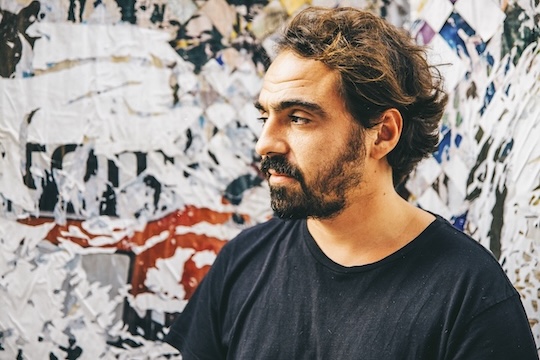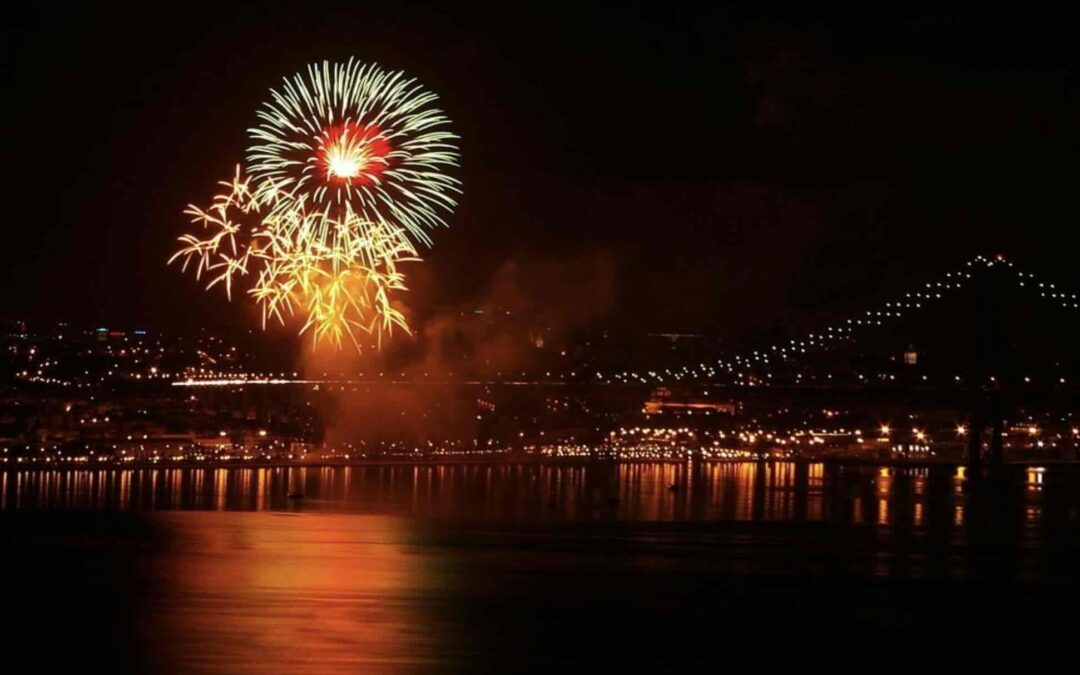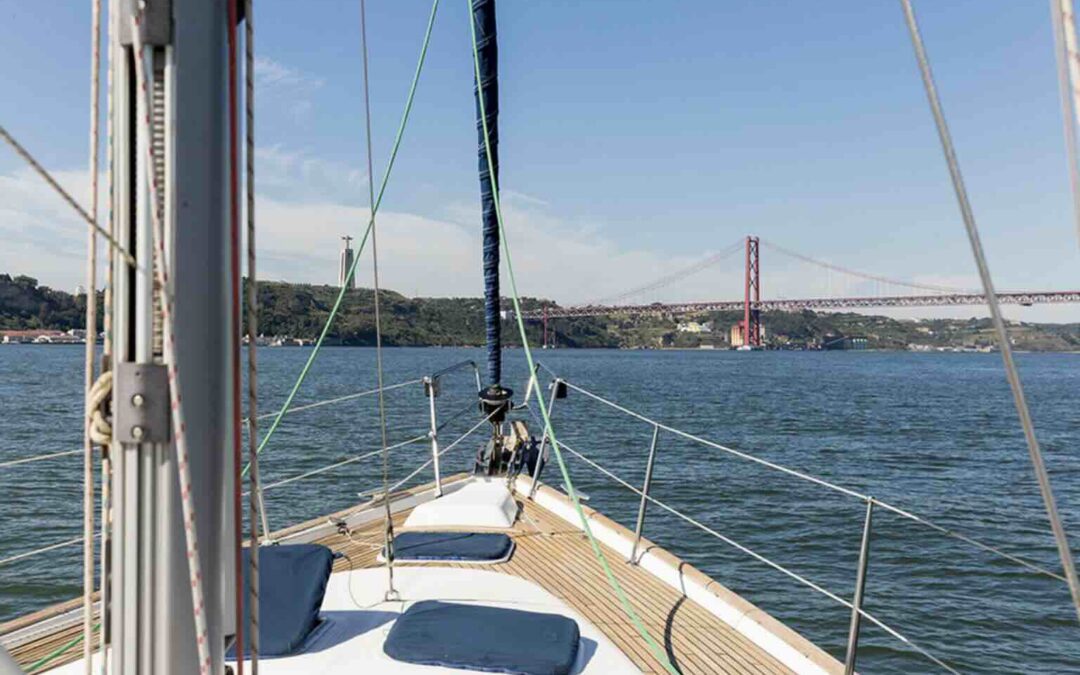Must-sees in Lisbon’s historic quarter – Alfama
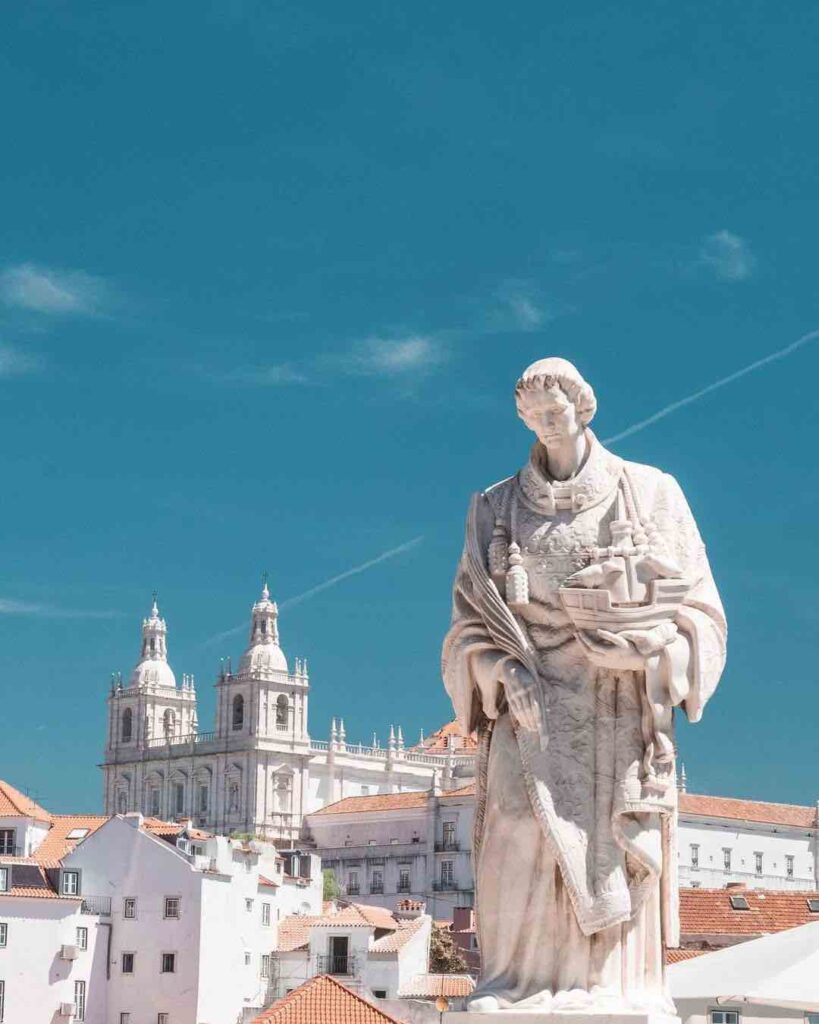
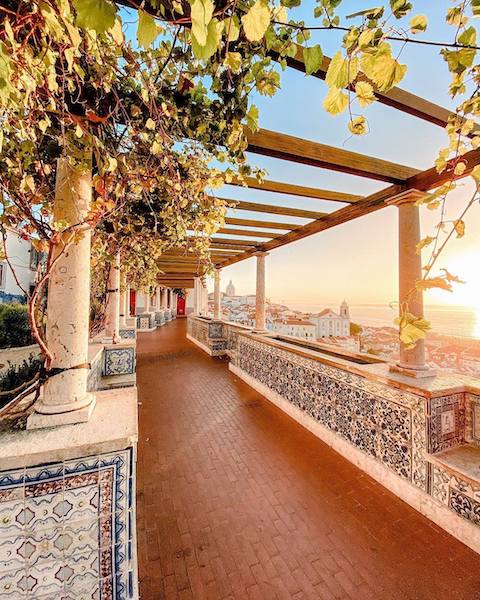
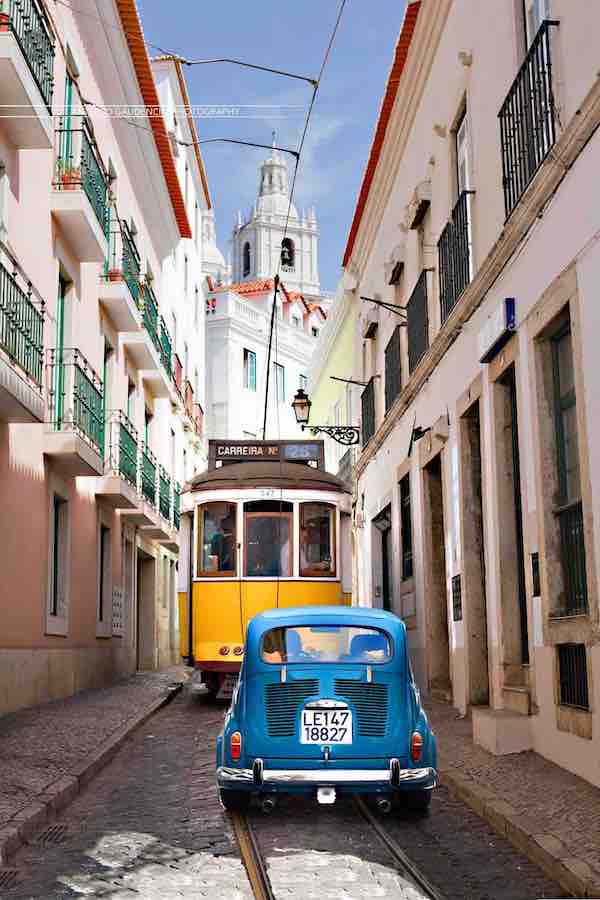
One of Lisbon’s most charming neighbourhoods is Alfama. A historic district with a unique atmosphere that will take you back to the city’s Moorish past. A maze of medieval streets and alleyways, with steep hills and narrow streets leading to hidden squares and breathtaking views.
In this article, we take you on a journey through the 10 must-see places in the Alfama, from ancient castles and churches to cosy cafes and traditional fado houses. So put on your walking shoes and get ready to discover the best of Lisbon’s Alfama!
Introduction to the Alfama
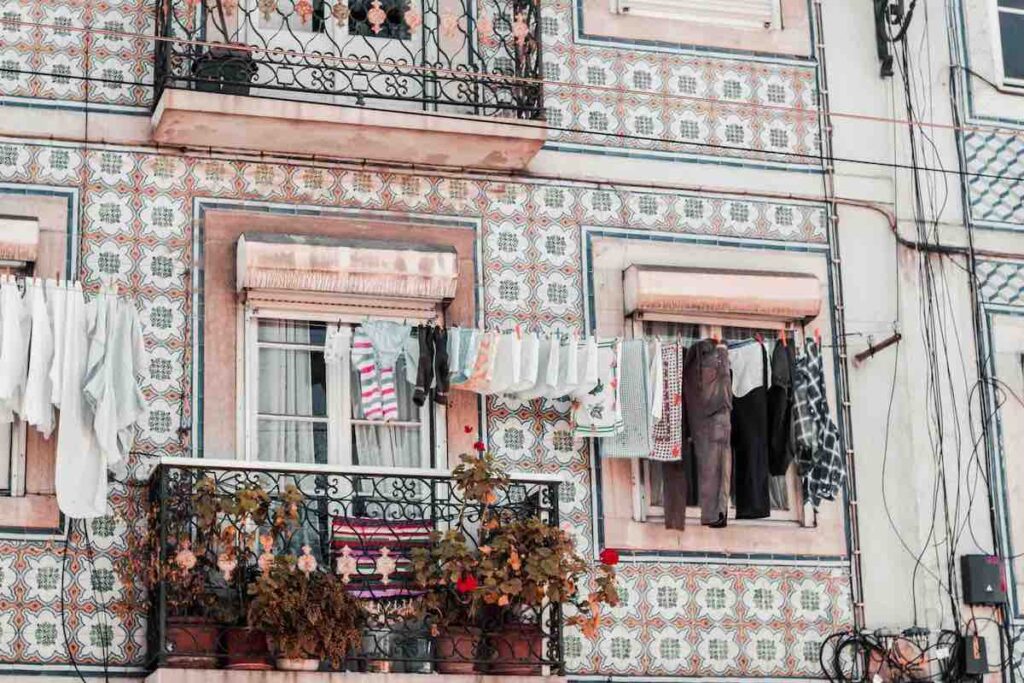
The name Alfama comes from the Arabic word “al-hamma”, meaning fountains or baths.
It is one of the oldest districts of Lisbon, situated on a hill overlooking the River Tagus.
Alfama is famous for its traditional Fado music, which can be heard in many of the district’s restaurants and bars. The district has a unique atmosphere, both vibrant and authentic, and is a must for anyone visiting Lisbon.
One of the best ways to explore Alfama is on foot (guided tour of the historic quarter). The neighbourhood is full of hidden gems and you never know what you might discover around the next corner. As you stroll along the streets, you’ll see colourful tiled buildings and balconies overflowing with flowers. But you’ll also have the pleasure of meeting the people who carry the soul of Portugal with them. Going about their daily business, hanging out their washing to dry and chatting with their neighbours.
If you’re feeling adventurous, you can also explore the Alfama by tuk-tuk or tram. These modes of transport are very popular with tourists and offer a unique perspective (see our article: Travel Solutions).
History of the Alfama
Alfama has a rich history dating back to the Moors who ruled Lisbon in the 8th century. The district was originally a fishing village and grew over time as the city expanded. The Alfama was also home to many Jewish families, who were expelled from Portugal in the 15th century.
Despite its long history, the Alfama was badly damaged by the earthquake that struck Lisbon in 1755. Although it was one of the least affected areas, many buildings were destroyed and it took years for the district to recover. Today, the Alfama is one of the few districts to have retained its medieval character. A testament to the city’s rich history and culture.
Sé Cathedral igreja de sé
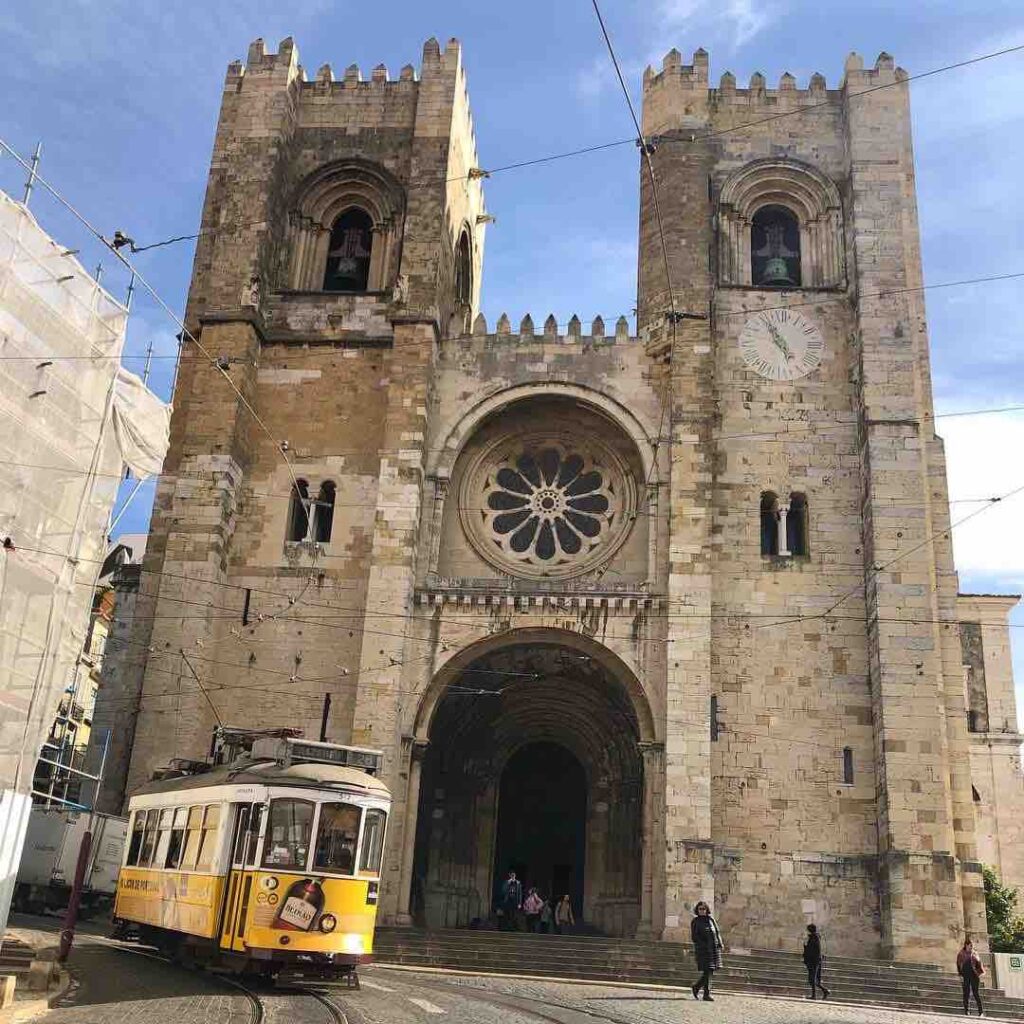
Sé Cathedral is one of Lisbon’s oldest and most important monuments. Located in the heart of the Alfama district, it was built in the 12th century and is a stunning example of Gothic architecture. Dedicated to Saint Mary, the cathedral has played an important role in the religious history of the city.
The interior of Sé Cathedral is equally impressive, with beautiful stained glass windows, intricate carvings and a magnificent organ. But above all the architectural difference between the entrance and the heart of the cathedral, rebuilt after the earthquake.
The cathedral also has a cloister, an oasis of peace in the midst of the hustle and bustle of Alfama. Admission to the cathedral is free, but there is an entrance fee for the cloister.
Castle of Saint George | Castelo Sao Jorge
Saint George’s Castle, also known as Castelo de São Jorge, is one of Lisbon’s most emblematic monuments. Situated on a hill overlooking the Alfama district, the castle offers breathtaking views of the city and the River Tagus. The castle was built by the Moors in the 11th century and played an important role in the defence of the city.
Today, St. George’s Castle is a popular tourist attraction. Visitors can explore the castle walls, towers and gardens. The castle also houses a museum with artefacts from Lisbon’s past.
Occasional evening concerts, theatre performances and other events are held here. Great opportunity to enjoy the views at sunset and at night.
Open daily from 9am to 7pm (9pm from April to September).
Note: Admission to the castle is free for residents of Lisbon.
Location
Portas do Sol Viewpoint

The Miradouro das Portas do Sol is one of the most popular viewpoints in the Alfama. It’s the first one I’ve had the honour of visiting, and it’s impossible not to fall under its spell.
Situated on a hill overlooking the River Tagus, it offers a breathtaking view of the city and the river. It owes its name to the gates that once stood here, which were destroyed in the earthquake of 1755.
The Portes du Soleil viewpoint is a popular spot for tourists and locals alike, and can get very crowded in high season. However, the views are well worth the effort and it’s a must-see attraction in the Alfama. There are also all sorts of street performers and artisans who liven up the place, which only enhances the view.
For those looking for a truly incredible experience, we recommend the sunrise. The light at this time of day offers unique nuances over the Alfama districts.
The National Pantheon
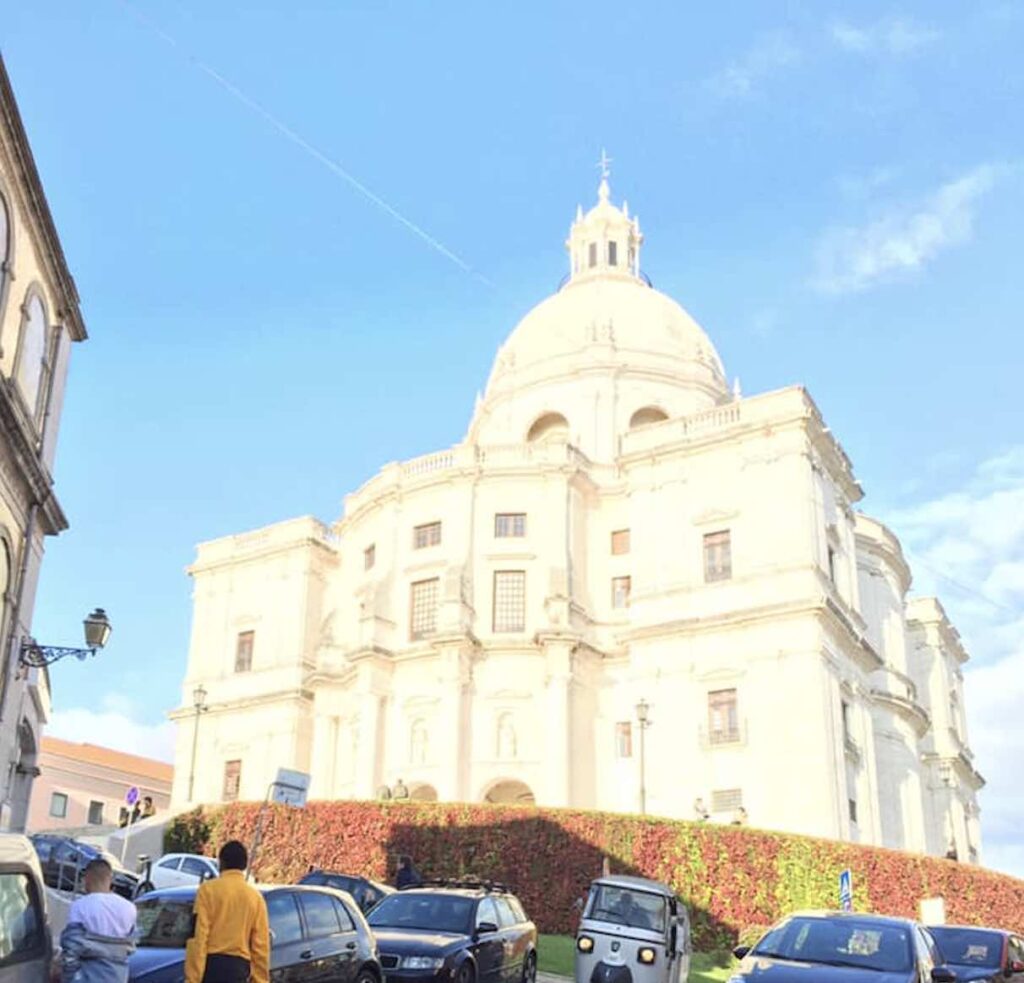
The National Pantheon, also known as the Church of Santa Engrácia, is a beautiful baroque church located in Alfama. The church was built in the 17th century, but was not completed until the 20th century. Today, the National Pantheon is a national monument and the final resting place of many of Portugal’s most famous citizens, including fado singer Amalia Rodrigues and footballer Eusébio.
The interior of the National Pantheon is as impressive as the exterior, with magnificent marble floors and intricate carvings. It is also possible to climb to the top of the dome for a panoramic view of Lisbon. Admission to the National Pantheon is not free, but the historical significance and stunning architecture of the building make it well worth the effort.
Admission €4
Tuesday to Sunday, 10am to 5pm (6pm April to September)
Free on Sundays and public holidays until 2pm:
National residents
Children up to the age of 12. Unemployed visitors resident in the European Union.
Visitors with reduced mobility (60% certified disability) and 1 accompanying adult.
Feira da Ladra
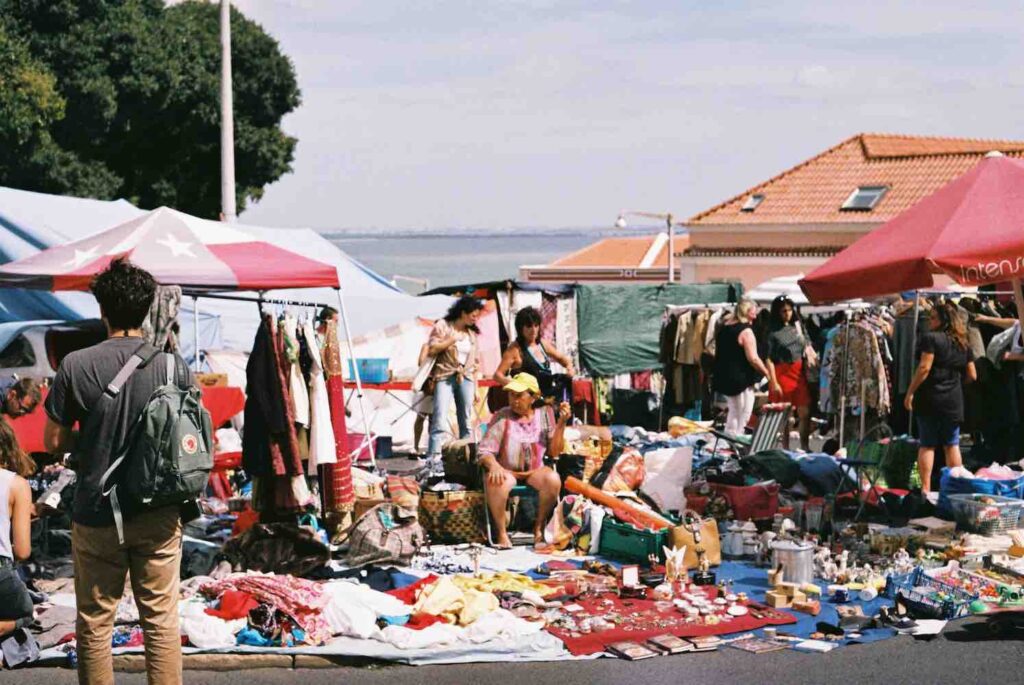
The Feira da Ladra, also known as the Thieves’ Market, is a popular flea market held every Tuesday and Saturday in the Alfama. The market is located near the National Pantheon and is a great place to find unique souvenirs and vintage items.
The Feira da Ladra is a lively market that can get crowded in high season. However, it’s also a great opportunity to discover the local culture and interact with the locals. The market is open from early morning until late afternoon.
Fado Museum | museu du fado
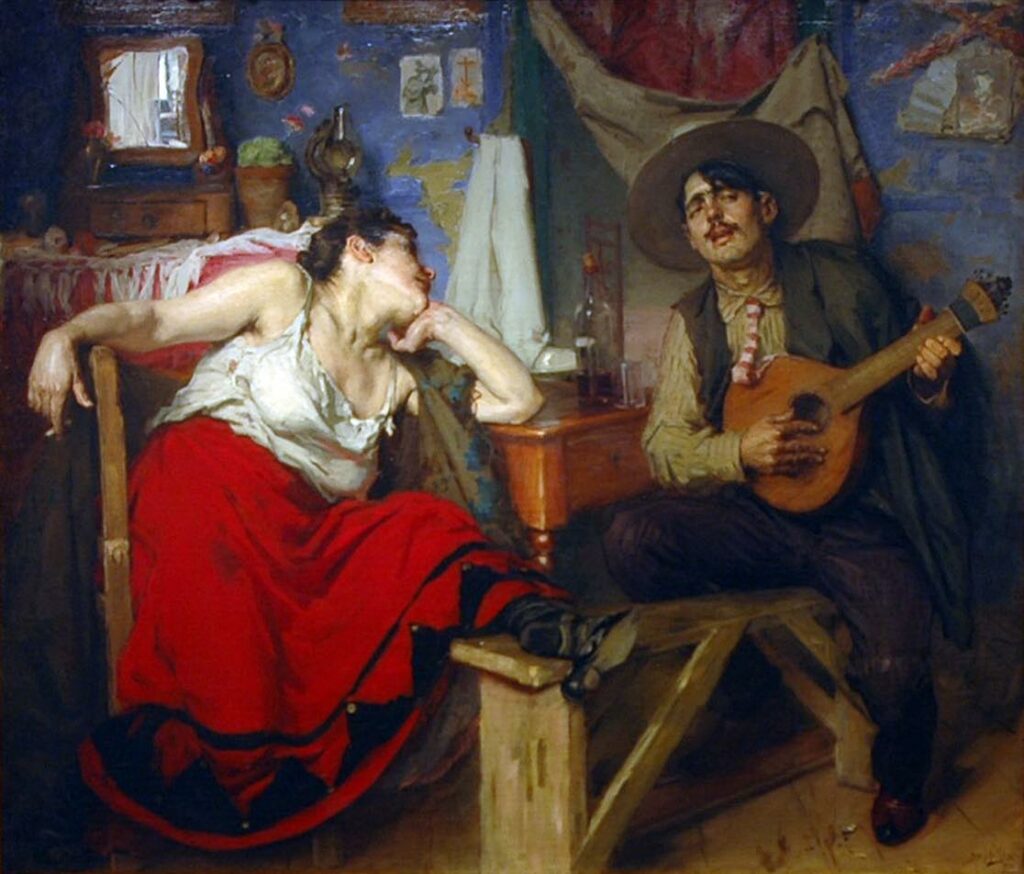
The Fado Museum is dedicated to the history of Fado music. It exhibits objects and memorabilia related to Fado music, including instruments, costumes and recordings.
Fado music is an integral part of Portuguese culture. And the Fado Museum is the ideal place to discover the history and importance of this unique art form. The museum also hosts live performances that are not to be missed by anyone interested in fado music.
If you wish, you can also take advantage of the many restaurants in the district that offer fado dinners every evening.
Casa dos Bicos
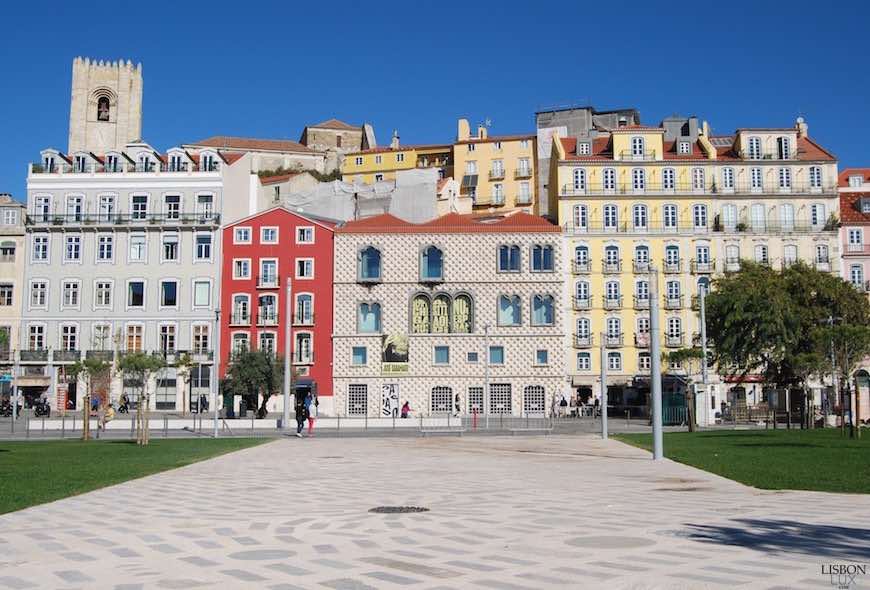
The Casa dos Bicos, located on the edge of the newly refurbished Praça da Cebola, is one of Lisbon’s most unique buildings. The building dates back to the 16th century and is famous for its diamond-shaped façade.
Casa dos Bicos is now home to the José Saramago Foundation, dedicated to the work of the Nobel Prize-winning author and Portuguese literary great.
Street art in the Alfama
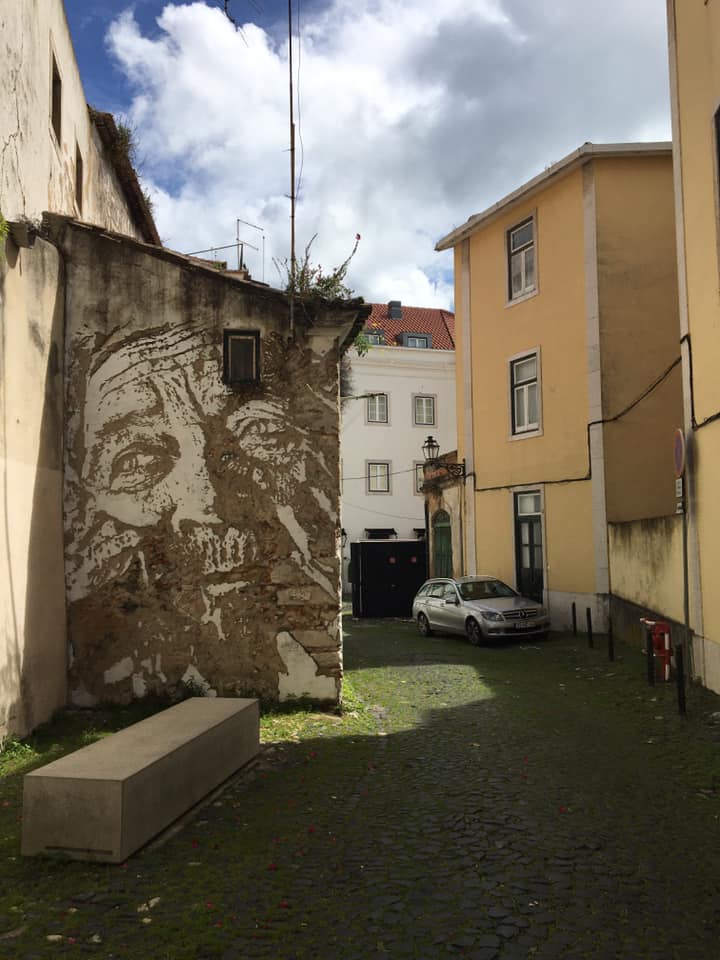
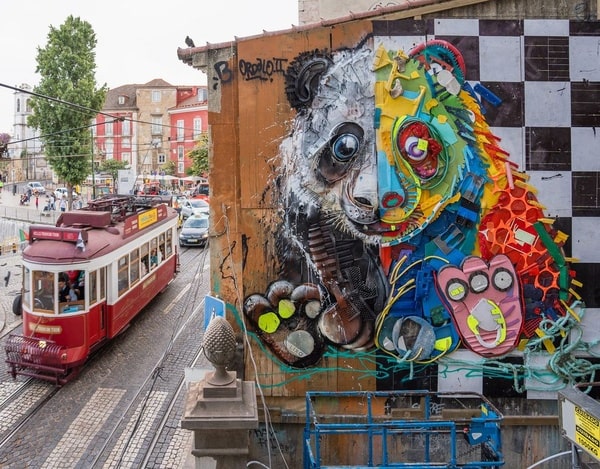
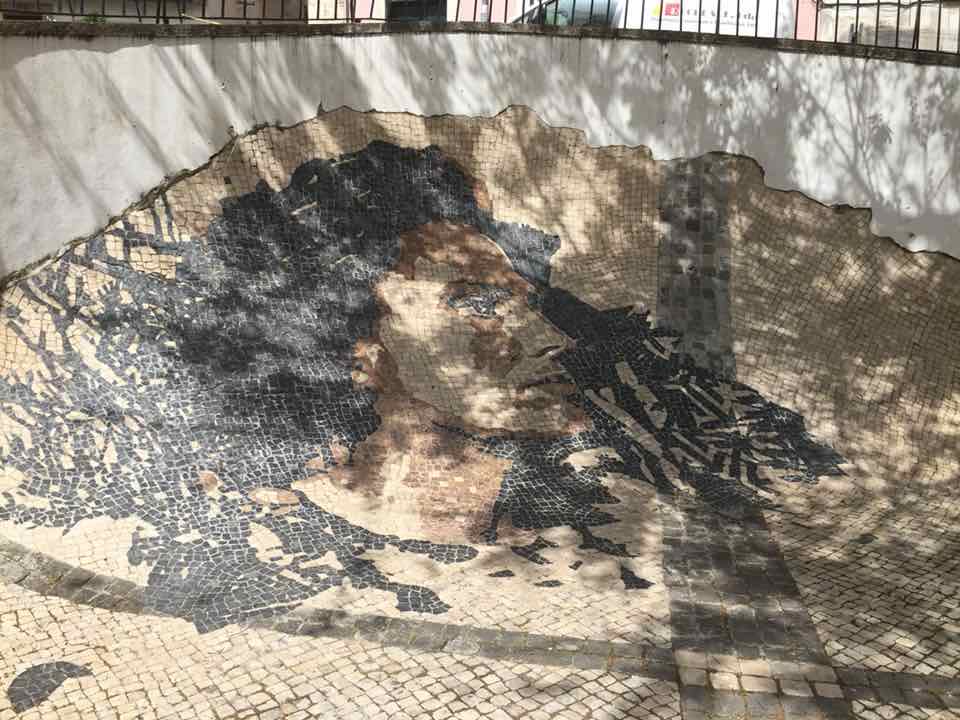
Alfama is also known for its vibrant urban art. The district is home to many colourful murals and graffiti, adding to the unique atmosphere of the area. Some of Lisbon’s most famous street artists have left their mark on the walls of Alfama, including Vhils and Bordalo II. And it’s also a great place to discover new talent.
Exploring the Alfama art scene is a great way to get off the beaten track and discover the district’s hidden gems. You never know what you might find around the corner, from whimsical murals to thought-provoking graffiti.
We also come across many artists and musicians as we explore the area.
We highly recommend a street art tour on foot or by tuktuk with our guide Helena, who will show you all these works and introduce you to the artists and their concept, as well as the impact they have on the city and its neighbourhoods.
Lisbon’s popular festivals | Festas Populares de Lisboa
The “Festas de Lisboa”, which take place every June, are a great time to get to know the traditions of the Portuguese. The Alfama district is a must during this month. Colourful banners, various stalls, sardines and manjericos all add to the special flavour of the festas dos Santos.
To find out more about the history of these festivities, we invite you to read our article.
Epilogue
The Alfama is one of Lisbon’s most enchanting districts, full of character and history. From ancient castles and churches to cosy cafés and traditional fado houses, there’s something for everyone in this charming neighbourhood. So get your walking shoes on and get ready to explore the best of Lisbon’s Alfama district!
Bonus – A Google tour of the neighbourhood
It’s impossible to cover all the subtleties of the Alfama district, but with this (not very steep) route you’ll have enough to discover the essentials.


